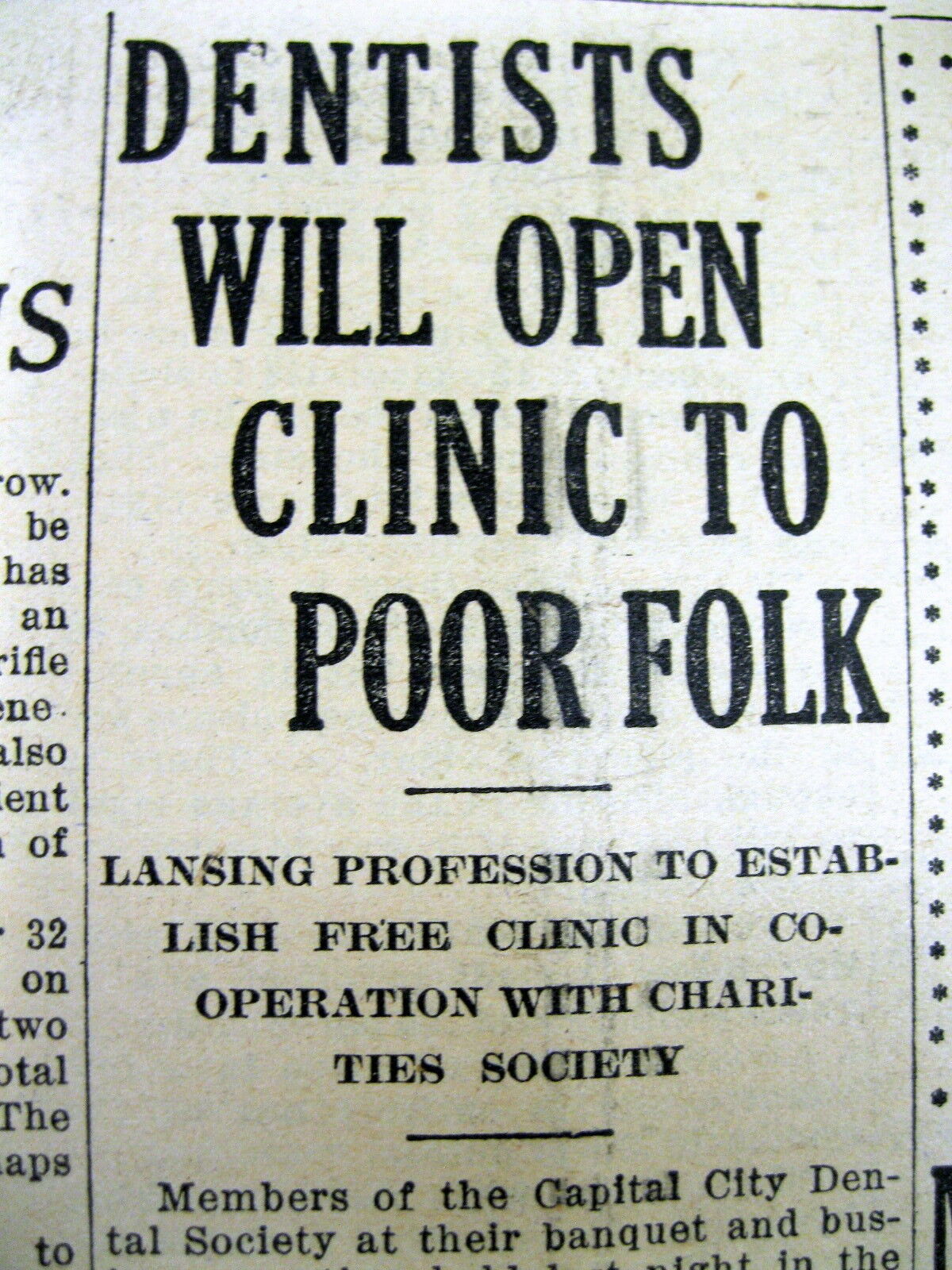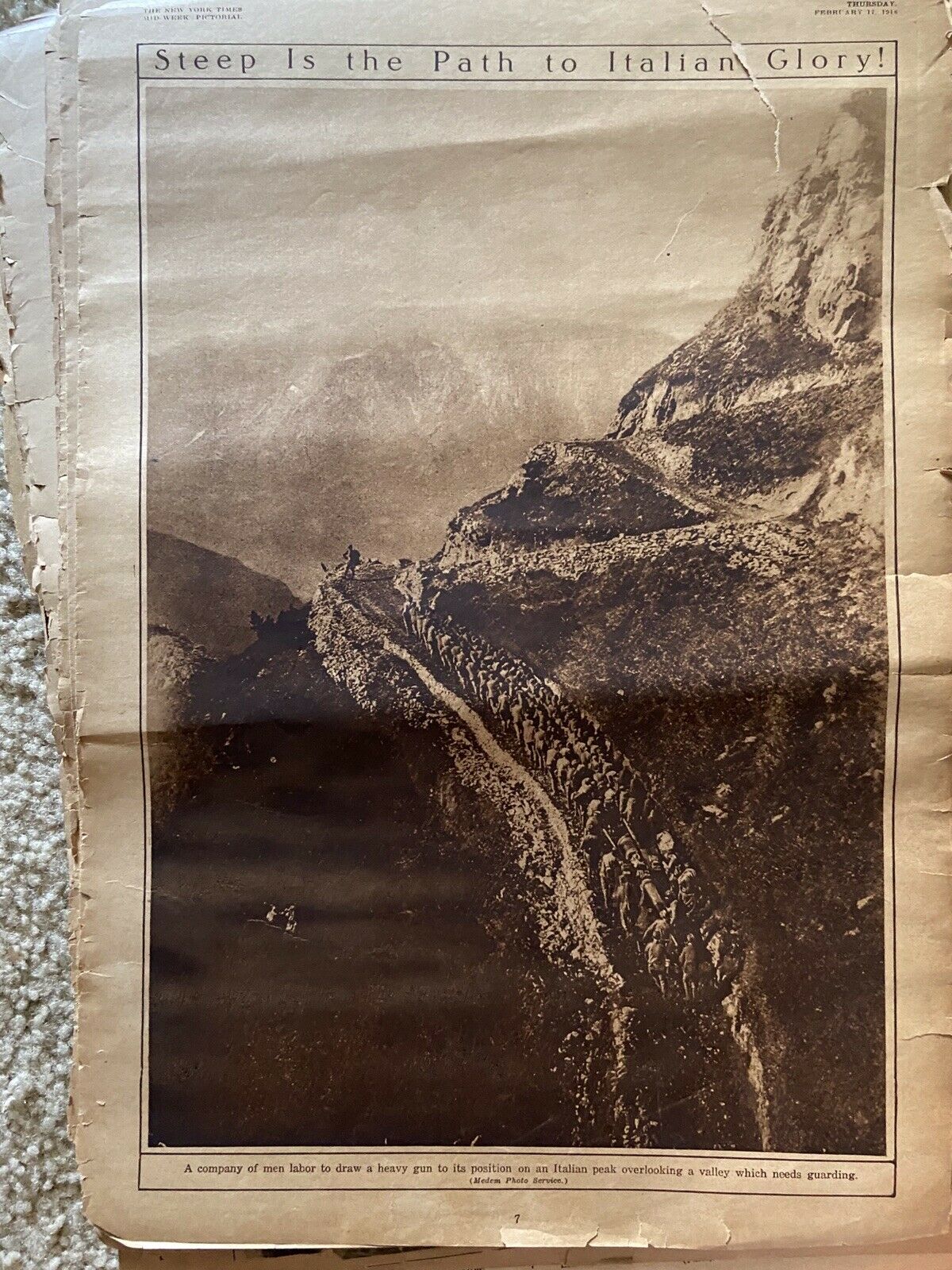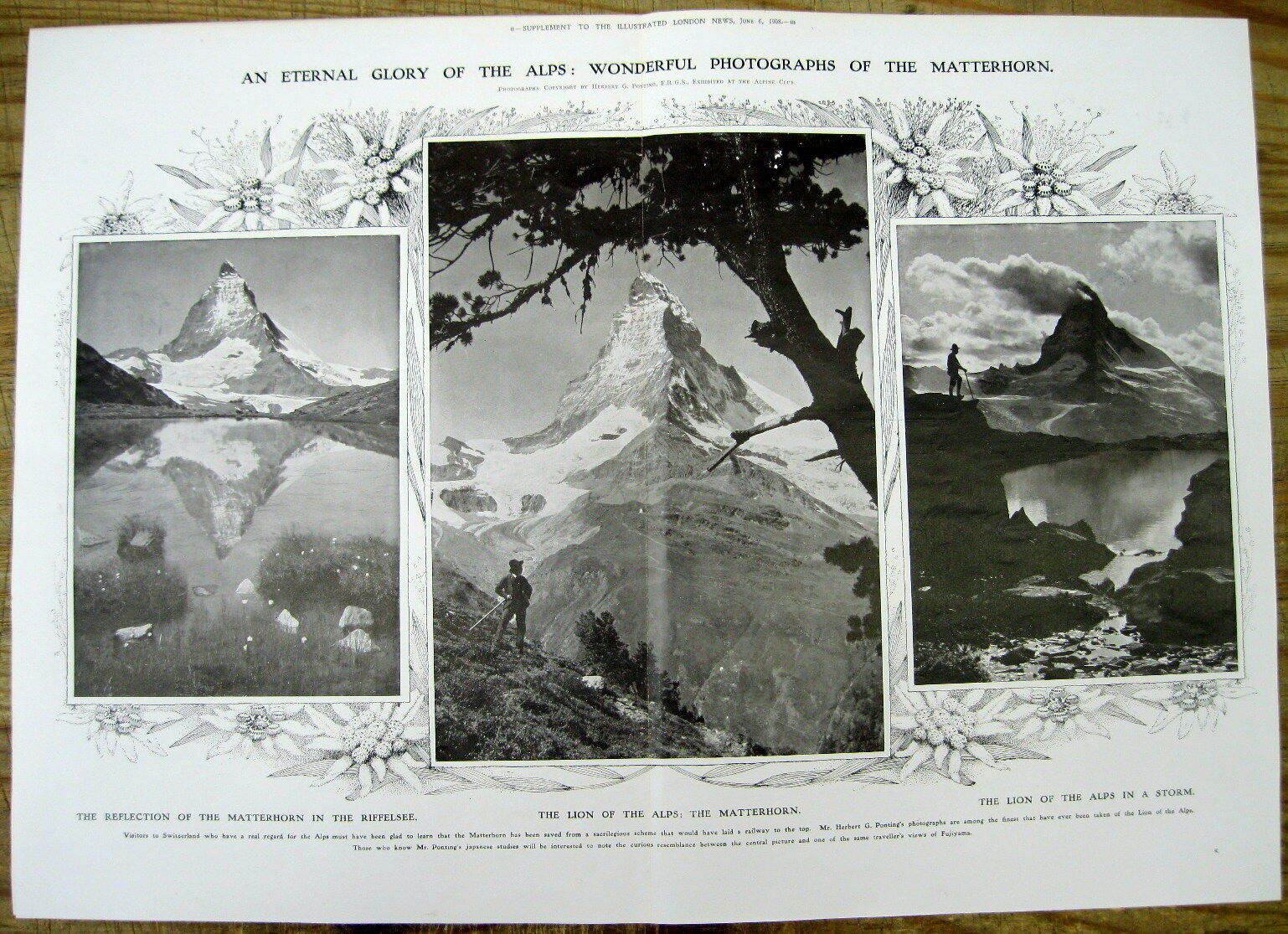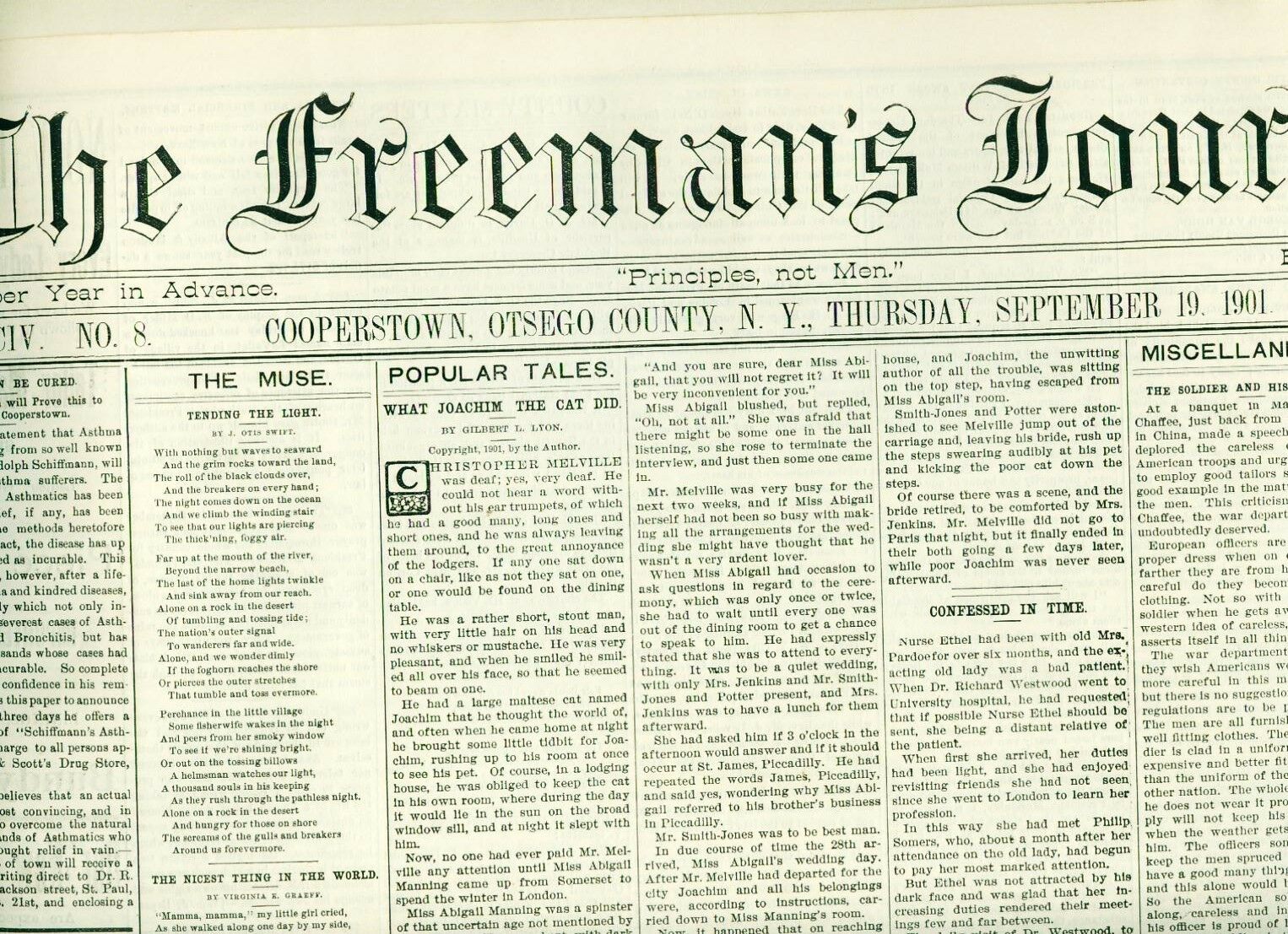-40%
2 BEST 1919 headline display newspapers w LOCAL coverage ofTHE CHICAGO RACE RIOT
$ 21.12
- Description
- Size Guide
Description
2 BEST 1919 headline display newspapers withLOCAL
coverage of THE CHICAGO RACE RIOT -
inv # 8A-315
Please visit our EBAY STORE for THOUSANDS of HISTORICAL NEWSPAPERS on sale or at auction.
SEE PHOTO----- Two (2) issues of an ORIGINAL newspaper, the
Chicago Tribune
(IL) dated Aug 4 and 5, 1919.  These two newspaper have bold banner headlines and the
BEST local coverage
of the
CHICAGO RACE RIOT of 1919
.
The Chicago race riot of 1919 was a violent racial conflict provoked by white Americans against black Americans that began on the South Side of Chicago, Illinois on July 27, and ended on August 3, 1919. During the riot, thirty-eight people died (23 black and 15 white). Over the week, injuries attributed to the episodic confrontations stood at 537, with two-thirds of the injured being black and one-third white, while the approximately 1,000 to 2,000 who lost their homes were mostly black. It is considered the worst of the nearly 25 riots in the United States during the "Red Summer" of 1919, so named because of the racial and labor related violence and fatalities across the nation. The combination of prolonged arson, looting, and murder made it one of the worst race riots in the history of Illinois.
In early 1919, the sociopolitical atmosphere of Chicago around and near its rapidly growing black community was one of ethnic tension caused by competition among new groups, an economic slump, and the social changes engendered by World War I. With the Great Migration, thousands of African Americans from the American South had settled next to neighborhoods of European immigrants on Chicago's South Side, near jobs in the stockyards, meatpacking plants, and industry. Meanwhile, the Irish had been established earlier, and fiercely defended their territory and political power against all newcomers. Post-World War I tensions caused inter-community frictions, especially in the competitive labor and housing markets. Overcrowding and increased African American resistance against racism, especially by war veterans contributed to the visible racial frictions. Also, a combination of ethnic gangs and police neglect strained the racial relationships.
The turmoil came to a boil during a summer heat wave with the death of Eugene Williams, an African-American youth who inadvertently drifted into a white swimming area at an informally segregated beach near 29th Street. Tensions between groups arose in a melee that blew up into days of unrest. Black neighbors near white areas were attacked, white gangs went into black neighborhoods, and black workers seeking to get to and from employment were attacked. Meanwhile some blacks organized to resist and protect, and some whites sought to lend aid to blacks, while the Chicago Police Department often turned a blind eye or worse. William Hale Thompson was the Mayor of Chicago during the riot, and a game of brinksmanship with Illinois Governor Frank Lowden may have exacerbated the riot since Thompson refused to ask Lowden to send in the Illinois Army National Guard for four days, despite Lowden having ensured that the guardsmen were called up, organized in Chicago's armories and made ready to intervene.
An interracial official city commission was convened to investigate causes, and issued a report that urged an end to prejudice and discrimination. United States President Woodrow Wilson and the United States Congress attempted to promote legislation and organizations to decrease racial discord in America. Governor Lowden took several actions at Thompson's request to quell the riot and promote greater harmony in its aftermath. Sections of the Chicago economy were shut down for several days during and after the riots, since plants were closed to avoid interaction among bickering groups. Mayor Thompson drew on his association with this riot to influence later political elections. Even so, one of the more lasting effects may have been decisions in both white and black communities to seek greater separation from each other.
This is a real TIME MACHINE that takes the reader back 100 years to the CHICAGO RACE RIOT of 1919.
Good condition. This listing includes the 2 newspapers described above. STEPHEN A. GOLDMAN HISTORICAL NEWSPAPERS stands behind all of the items that we sell with a no questions asked, money back guarantee. Every item we sell is an original newspaper printed on the date indicated at the beginning of its description. U.S. buyers pay USPS media mail postage which includes waterproof plastic and a heavy cardboard flat to protect your purchase from damage in the mail. International postage is quoted when we are informed as to where the package is to be sent. We do combine postage (to reduce postage costs) for multiple purchases sent in the same package.
We list thousands of rare newspapers with dates from 1570 through 2004 on Ebay each week. This is truly SIX CENTURIES OF HISTORY that YOU CAN OWN!
Stephen A. Goldman Historical Newspapers has been in the business of buying and selling historical newspapers for over 45 years. Dr. Stephen A. Goldman is a consultant to the Freedom Forum Newseum and a member of the American Antiquarian Society. You can buy with confidence from us, knowing that we stand behind all of our historical items with a 100% money back guarantee. Let our 45+ years of experience work for YOU ! We have hundreds of thousands of historical newspapers (and their very early precursors) for sale.










